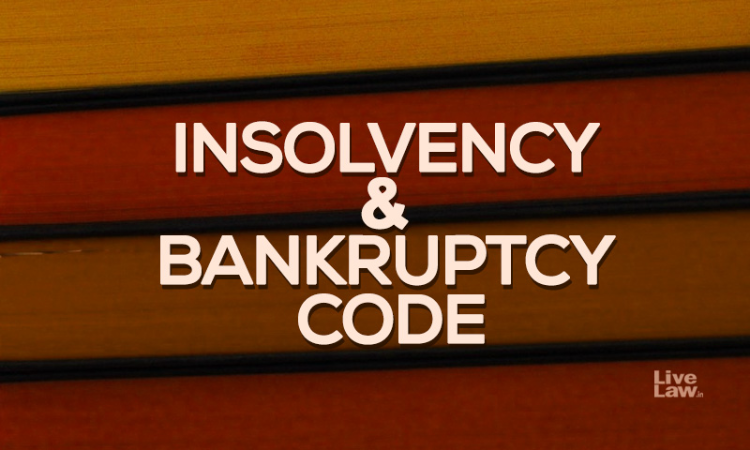Intricacies Of Insolvency And Bankruptcy Code: The Need For Amendments
Abhijeet Sinha And Akshat Khetan
9 Aug 2023 10:29 AM IST

Insolvency and Bankruptcy Code
If one takes a more pragmatic and consicable perspective, one will agree that liquidation of a company is a path of last resort with significant socio-economic and socio-political impact, that should be avoided, at all costs. It has been nearly seven years now since Kingfisher Airlines went into liquidation, but several former employees still claim that they haven’t received their dues and so do some financial institutions.
The objective behind the creation of the Insolvency and Bankruptcy Code (IBC) in 2016 was to save a business from going into liquidation through a process of rephasement, resolution, change of ownership thereby maximizing the asset value giving utmost recognition to time value of money. In this way, the value of assets is maximized for the benefit of the corporate debtor. It also promotes entrepreneurship, the availability of credit, and the balancing of interests.
The question that arises is whether the IBC has been a success or not. Records reveal that of more than 3,400 cases admitted under the IBC since 2016, more than 50% ended in liquidation. Only about 14% were resolved. Creditors have had to take a 68% haircut. Take the case of Ind-Barath Energy. The Company came out of IBC proceedings after four years with a new owner, JSW Energy. The banks recovered just Rs 1,047 crore of the Rs 5,500 crore that Ind-Barath owed them. It was worse in the case of Videocon Industries. The recovery by creditors was a mere 5%.
So, where have the plans for restructuring gone wrong?
One of the reasons could be companies filing for insolvency on their own. There are several legal options left to the corporate debtor who does not want restructuring under the IBC but simply desires to be declared insolvent. The IBC may not have been well drafted? In 2022, the Supreme Court, in the Vidarbha Industries Power vs. Axis Bank case, ruled that the National Company Law Tribunal (NCLT) and National Company Law Appellate Tribunal (NCLAT) had erred by assuming that an application under Section 7 of the IBC is mandatory if a corporate debtor is in default. The Apex Court pointed to the use of the word ‘may’ instead of ‘shall’ in Section 7(5) of the IBC, which indicates that such an application is not mandatory.
The trouble is that the laws regarding insolvency, liquidation, and restructuring lack clarity in India, despite the IBC. Take the case of Innoventive Industries Ltd. v. ICICI Bank Ltd. This was IBC’s first case. The Supreme Court upheld the NCLAT decision that the non-obstante provision of the IBC would prevail over the non-obstante clause of the Maharashtra Relief Undertaking (Special Provisions) Act 1958.
At the same time, there have been instances where NCLAT has failed to convince the Enforcement Directorate that properties seized under the Prevention of Money Laundering Act (PMLA) need to be released to create a moratorium for the realization of creditors’ dues. The PMLA, being an Act under criminal law, has precedence over the IBC. Finally, creditors were left begging even as the debtors fled the country.
In several judgements, the Supreme Court has recognized the importance of Section 238 of the IBC and the fact that it is a non-obstante provision with the authority to override any other provision, clause, or piece of legislation. This recognition will certainly help in faster recovery, quicker resolution, and the maximization of asset value.
Another issue that must be addressed is the time factor. When the IBC came into being, it was to ensure a time-bound mechanism for resolution and restructuring. Initially, a 180-day deadline was stipulated for resolution, with a permitted 90-day extension. In 2018, there was an amendment that extended this period to 330 days. Unfortunately, there have been several instances where cases have taken several years to be resolved.
The Supreme Court has done its bit. Several amendments to the IBC are due. Now, it is for the law makers to decide whether further steps are required to provide the necessary confidence to foreign investors and lenders. After all, the aim was to keep businesses going and attract foreign investment. In its present form, the IBC has not been able to instill too much confidence among domestic or foreign investors.
Authors: Abhijeet Sinha is an independent counsel who has appeared in landmark IBC cases before the Supreme Court of India and Akshat Khetan is a corporate and legal advisor. Views are personal.


